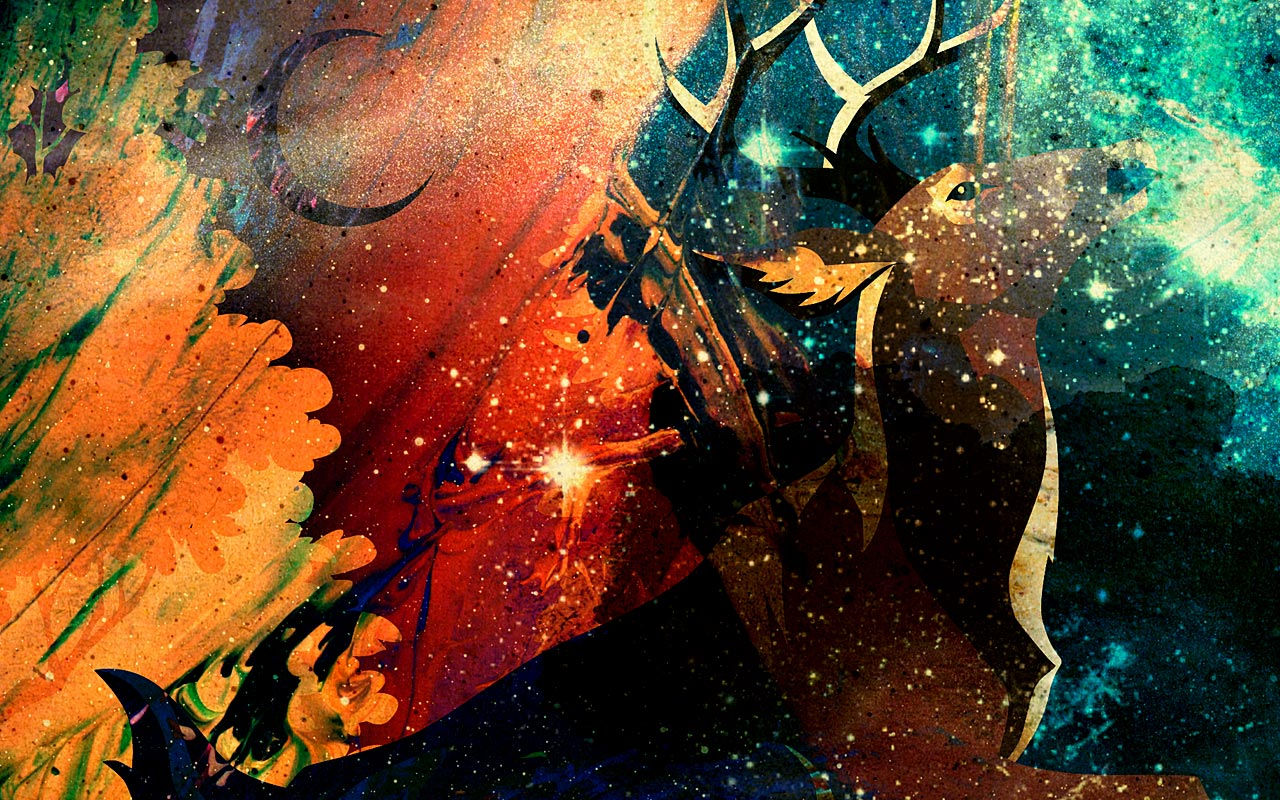
About Mahlathini
Mahlathini was born in the Alexandra township of South Africa in 1938. His involvement as a child in choir performances for traditional Zulu weddings was just the start of it all. His voice became very deep and grainy in his teenage years making his adored by many. Due to the unique sound of his voice he invented a singing style called "groaning". As his popularity grew, he founded his own music company and secured many other South African artists. Later in his career came international success as world music began to flourishing. The early 90's were full of health issues leaving obstacles in the way of Mahlathini and his music. Complications from diabetes lead to his death on July 27th, 1999 at the young age of 61. To this day he is a legend of mbaqanga music!



Mbaqanga Culture & History

Cultural Beliefs & Traditions
Music and dancing are very much a part of the South American culture. At a very you age you can find children participating in making songs every day. Even though American jazz made its way to South Africa it didn’t define particular types of South African jazz such as mbaqanga. Instead, mbaqanga music made its own rules going against the normal texture and rhythmic sounds to invent something unique. Each tribe or family was known for certain characteristics that played into their music letting traditions continue to this very day. Culturally, segregation was dark and unwanted throughout communities but pride in being African was a strong value installed early on in life. It wasn’t until money came in the picture that traditions and beliefs were becoming more commercialized for success.

Instruments
Traditional mbaqanga music was dominated by vocals followed by drums in the background. Modern mbaqanga music relies heavily on bass, brass and other instruments while still using vocal talent. The use of electric guitars, violins, drums, saxophone and accordions are all currently a common practice. These instruments take turns in leading roles allowing for catchy rhythms. Rhythm has always been important throughout the history of mbaqanga music as dancing was traditional.





Key Attributes of the Culture's Music
At first, music was all about the message it was relaying. It often told unfavorable stories that would lift spirits giving the repressed South American people a sense of empowerment. Ceremonies and weddings would always include the local music of that tribe as tradition. With such catchy rhythm and beats mbaqanga music found quick success and along came money. Now locals were competing for the chance to get out of poverty and live a better life. The culture of the music was then foreshadowed by commercial success after international notice. This put political and social issues on the back-burner as the mainstream audience wanted a universal music to dance to. Ultimately, what was left of the original people involved in traditional mbaqanga music was forced to leave the area by government forces. This lead to the recession of mbaqanga music and can now mostly is found in isolated tribal areas.

South Africa - Mahlathini & Mahotella Queens - Thokozile
Here is a song by Mahlathini & Mahotella Queens called “Thokozile”. It keeps a positive vibe leaving the audience upbeat. The guitar keeps a great rhythm to move to. Notice the constant dancing as this was common in mbaqanga music. Concerted old fashion by youths but these jazzy tribal sounds can still be found throughout South Africa.
Mbaqanga music was created in the early 1900’s. It is the South American form of Jazz. Many artists relayed messages through words during these hard times. Culturally, segregation was a problem and Mbaqanga music was invented by the repressed for the repressed. Lower class Africans were forced to rent housing that was not priced correctly, leaving them with financial distress and no way to escape from this circle of poverty. Those who didn’t abide by the rules of segregation were punished through violence. With so many distraught people in such isolated areas the emotions were high; this lead to an abundance of creativity that would eventually be implemented through music. Mbaqanga is considered the South American form of jazz. You can find a song for any and every political and social event during these times.


